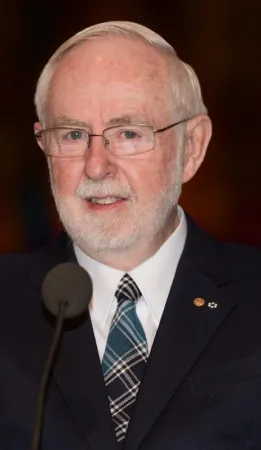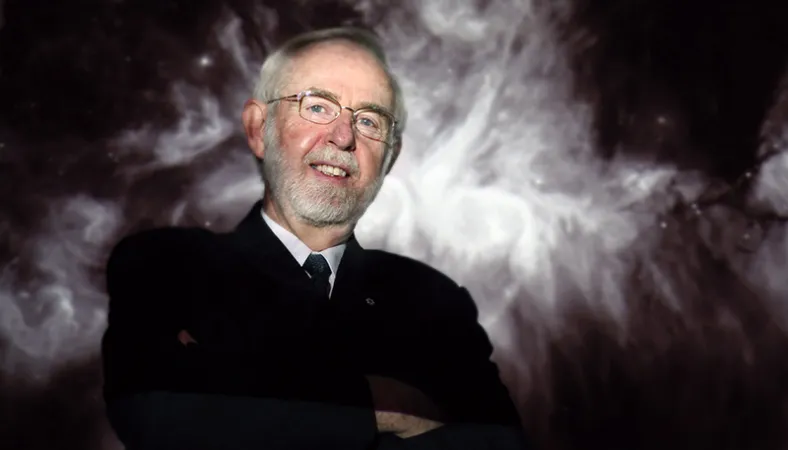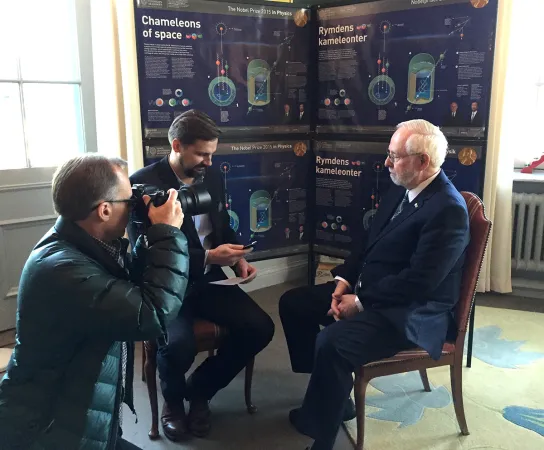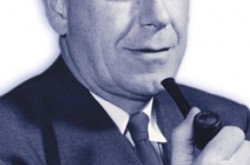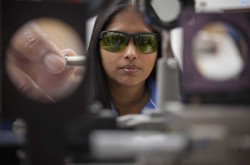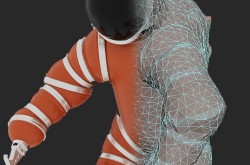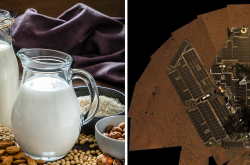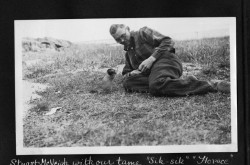Keys to the sun
This article was originally written and submitted as part of a Canada 150 Project, the Innovation Storybook, to crowdsource stories of Canadian innovation with partners across Canada. The content has since been migrated to Ingenium’s Channel, a digital hub featuring curated content related to science, technology and innovation.
Daniel Prinn
Algonquin College Journalism Program
Neutrinos are tiny particles produced through the decay of radioactive elements. They also hold a key to understanding the sun. Arthur McDonald was the one to recognize this. In 1989, he headed a team at the Sudbury Neutrino Observatory. The Observatory was a large neutrino detector built two kilometres beneath earth’s surface in a mine in in Sudbury, Ontario.
McDonald’s team was able to show that neutrinos have mass. They also helped prove that neutrinos change from one type to another – between electron-type, muon-type and tau-type –when they travel from the sun to the earth. This was a huge discovery because it helped debunk the idea that neutrinos were massless. McDonald described it as the “eureka moment” of the discovery. His findings changed the laws of physics and scientists were able to learn more about the structure of the universe.
McDonald had been interested by the workings of the universe since an early age, which led him to physics. He earned a bachelor’s and master’s degree from Dalhousie University and then got his PhD in physics from the California Institute of Technology, graduating in 1969. In 1982, McDonald became a professor at Princeton University, New Jersey. Seven years later, he became a professor emeritus at Queen’s University in Ontario.
McDonald was inducted into the Canadian Science and Engineering Hall of Fame in 2009. In 2015, he was recognized for his discovery by co-winning the Nobel Prize for physics.
Transcript
Nobel Prize winner (and Cape Bretoner) Arthur B. McDonald explains his research into neutrino oscillations using patience and some sugary props.



